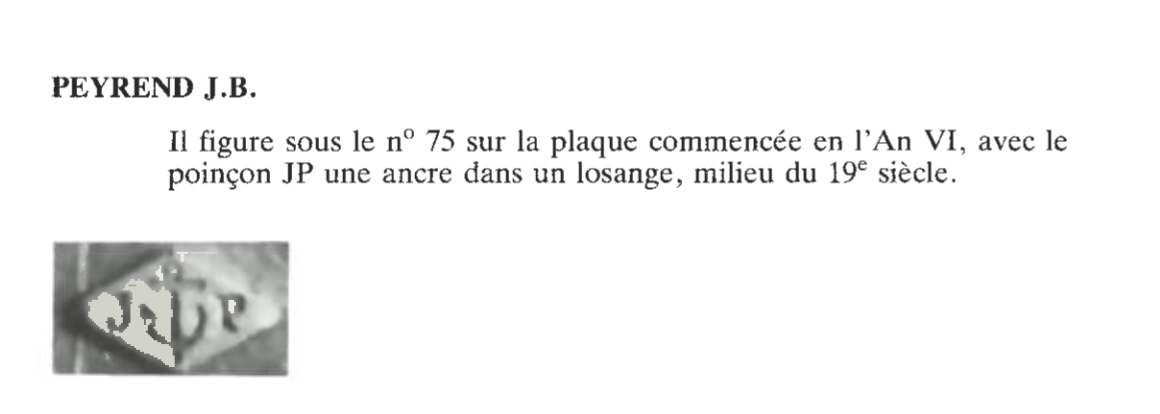This one was difficult and took a collaborative effort, but after some research I believe your tastevin to be authentic.
A collector of my acquantance recognized this maker’s mark as one which regularly appears on tastevins, and he had the fortune to recently acquire one. He was able to determine that it was not Parisian: the different in the Minerva mark was for the assay office in Clermont-Ferrand, department Puy-de-Dome. Neither of us had a copy of Claude-Gerard Cassan’s
Les Orfevres de l'Auvergne, but the collector reached out to a library which was able to supply images from that reference. There, the “JB + anchor” maker’s mark is identified there as that of J.B. Peyrend of Clermont-Ferrand.

There was no other information on Peyrend, other than that, as his mark was the 75th on the insculpation plate, it probably was registered towards the middle of the 19th century. Cassan also records the unidentified female profile mark as appearing on other pieces from Clermont-Ferrand, and notes that there is no official documentation of what precisely this mark was. However, its appearance on Clermont-Ferrand pieces by other makers of the time does vouch for the authenticity of your piece.
An internet search for “J.B. Peyrend” turns up many tastevins by him which, added to those where his mark is unidentified, suggests that he was a reasonably prolific maker of them. After some digging in the Puy-de-Dome civil archives, I was able to find more biographical information.
Francois Xavier Jean Baptiste Peyrend
Born: 11 Mar 1802, Clermont-Ferrand, Puy de Dome, son of Louis Peyrend and ?Vincente Porte
Married: 27 Jul 1836, Fanie Caroline Miaille (1821 - 1911)
Died: 2 Apr 1883, Issoire, Puy-de-Dome
He was a third-generation silversmith, son of Louis Peyrend (1776 - 1833) and grandson of Antoine Peyrend (1737-1822), both silversmiths (and both of whom have marks illustrated in Cassan). He was almost certainly of illegitimate birth and/or possibly adopted; there is no record for his birth in the civil registers, there is no mother listed on his marriage record (where his birthdate is recorded), and his father is listed as a bachelor on his own death record. His mother’s name is given as “Vincente Porte” on his death record, but as it does not appear anywhere else, it may not be accurate.
Presumably taught by and succeeding his father, he was working in Clermont-Ferrand by 1836, but moved to Issoire (in the same department) some time after 1839 but before 1859. He was succeeded by his son Joseph Peyrend (1839-1897); as he shared the initials in his father’s mark, he may well have used it himself after his father’s death. Joseph was, in turn, succeeded by his widow Hortense Anne Marie Jalady. An internet search reveals several turn-of-the-century lithographed advertising cards of Vve. Peyrend in Issoire. She sold the business on 12 Aug 1912 to Parisian watchmaker Joseph Fabien-Jonas Debiol.
I hope this documentation will settle the authenticity of your tastevin and identity of its maker, and I thank you for providing such an exciting challenge!



